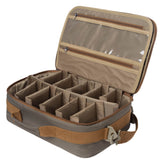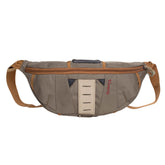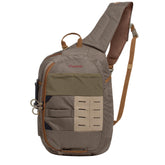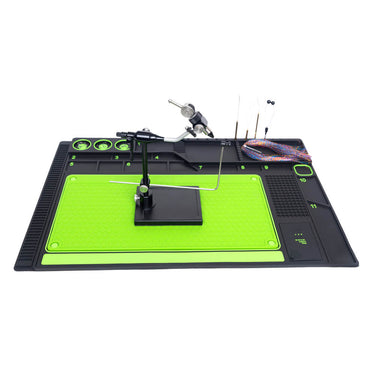Angling for Haddock: A Fly-Fishing Approach
Fly fishing for haddock is an unconventional approach, as haddock are typically caught using traditional methods like bottom fishing, jigging, or trawling. However, if you're interested in experimenting with fly fishing for haddock, here are some key considerations:
1. Haddock Habitat & Behavior
Haddock are demersal (bottom-dwelling) fish found in cold North Atlantic waters.
They prefer depths of 40–300 meters (130–1,000 ft) on sandy or muddy bottoms.
They feed on small fish, crustaceans, worms, and mollusks.
2. Challenges of Fly Fishing for Haddock
Depth: Traditional fly fishing is shallow-water oriented, while haddock live deep.
Sinking Line Needed: You'd need a fast-sinking line (e.g., 300+ grain) or a lead-core line to reach them.
Strike Detection: Detecting subtle bites in deep water can be difficult.
3. Best Fly Patterns for Haddock
Since haddock feed near the bottom, imitating their prey is key. Try:
Clouser Minnows (weighted, in white/blue or pink)
Shrimp/Crustacean Patterns (e.g., EP Shrimp, Crazy Charlie)
Worm Imitations (e.g., Squirmy Wormy, San Juan Worm)
Small Baitfish Streamers (e.g., Deceiver, Half & Half)
4. Tackle & Setup
Rod: 9–10 wt fly rod (for handling deep sinking lines & potential bycatch like cod/pollock).
Reel: Large-arbor reel with a strong drag (haddock can fight hard).
Line: Full sinking line (Type VI or lead-core) or sinking shooting head.
Leader: Short (3–5 ft) fluorocarbon leader (20–30 lb test).
5. Technique
Vertical Jigging: Drop the fly to the bottom, then use short, sharp strips to imitate prey.
Slow Retrieve: Haddock often nibble, so a slow, twitchy retrieve works best.
Drift Fishing: If from a boat, let the fly drift naturally with the current near the bottom.
6. Where to Try
New England (USA): Georges Bank, Gulf of Maine.
Canada: Newfoundland, Nova Scotia.
Europe: North Sea, Norwegian waters, UK (Scotland).
7. Regulations & Ethics
Check local fishing regulations (haddock may have size/bag limits).
Avoid overfishing sensitive stocks.
Conclusion
While fly fishing for haddock is rare and challenging, it could be a fun experiment for adventurous anglers. If you're serious, consider combining it with deep-water techniques used for cod or pollock. For consistent results, traditional methods (jigging, bait fishing) may be more effective—but where’s the fun in that?
Would you like recommendations for alternative species better suited to fly fishing? (e.g., striped bass, mackerel, sea trout)















